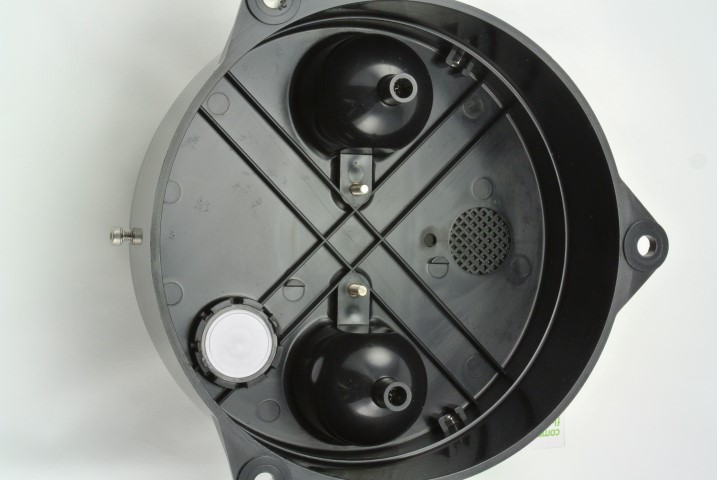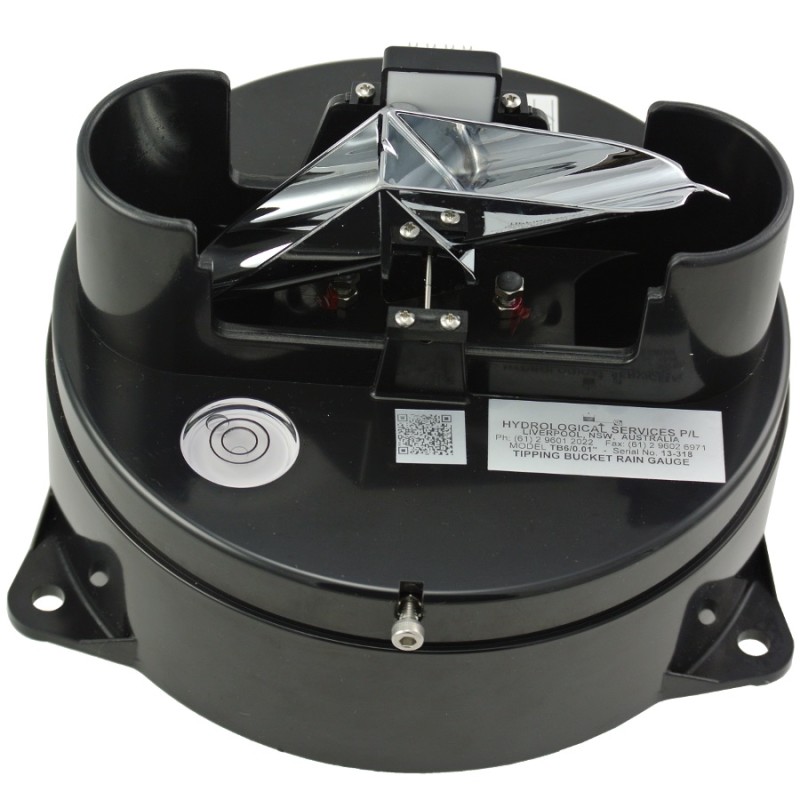We make most of our instruments at Dyacon but we do not make the rain gauge that we sell with Dyacon weather stations. We tested and evaluated a number of different rain gauges before selecting the Hyrdological Services (now Hyquest) rain gauges. You can see a wonderfully entertaining video here.
One of the critical, yet often overlooked, features of a rain gauge is it’s susceptibility to insect intrusion. The first rain gauge we tested turned out to be a wonderful place for insects. Below is a picture of this gauge after one year in the field.

Dirty Rain Gauge
As you can see from this image, the base plate of the gauge has several large holes (at least from the perspective of insects. While there is a stainless steel screen, a large gap remains when the top cylinder of the gauge is mounted. The cylinder also leaves a significant gap between the base plate and the cylinder.
Interestingly, this gauge uses a funnel design that is prone to clogging with dust. While it has two screens, as many gauges do, dust would filter through the screens and become impacted in the funnel nozzle.
We have used Hyquest TB-4 and TB-6 rain gauges in the field for several years. These are mid-range instruments are based on higher-end versions and quite suitable for most commercial applications.
The base has a molded vent in the base and each drain port has a molded-in screen (had to see in this image). The cylinder also overlaps the base, minimizing any gaps. (One other thing to notice on this rain gauge is the option to connect tubes to collect the rain fall and validate automatically recorded measurements.)

Rain Gauge with Insect Screens

Rain Gauge Tipping Bucket Rain Gauge with Bubble Level
So, the moral of the story…
Clean your rain gauges at least twice per year (video here).
And, if you have one that collects bugs, consider replacing it.
Enjoy the weather,
Eugene